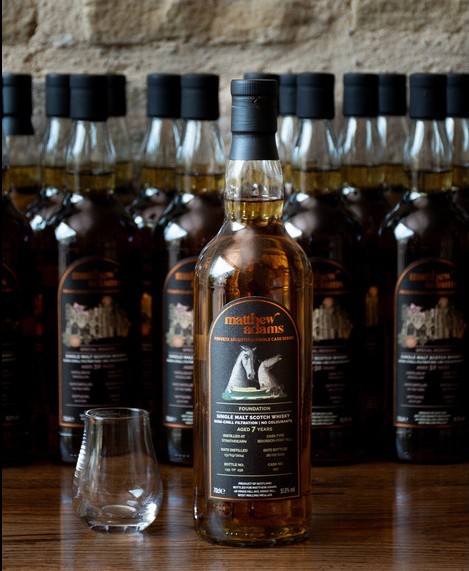For generations, we have taken easy access to accurate timekeeping for granted, clocks and watches of all descriptions being an everyday part of our lives. However, it wasn’t until the advent of the lantern clock in the 16th century that clocks became part of domestic interiors, and the populace no longer had to rely on sundials or church tower clocks. For over 100 years, lanterns were the prevalent type of domestic clock.
The first lantern clocks in England stemmed from early Northern European iron clocks and are thought to have been made in London by Huguenot craftsmen Francis Nowe (d.1593) and Nicholas Vallin (1565-1603), who had fled religious persecution in the Low Countries. What is not known, however, is when or why the name ‘lantern’ was first given to these clocks. Originally known as ‘house clocks’ or ‘chamber clocks’, some postulate that ‘lantern’ was an anglicised version of latten, the European term for the brass alloys used to make the clocks, others that it simply referred to the fact that the shape of the clocks resembled common forms of lantern.

Sold for £5,000 plus buyer’s premium
The first lantern clocks relied on a weight-driven balance wheel mechanism, with one weight for timekeeping and one for striking, which had to be pulled to drive the mechanism, and were accurate to within approximately 15 minutes per day. Of generally small proportions, they were constructed mostly of brass, sometimes with steel parts, with a square brass fret-work case, square top and bottom plates, ball or urn feet, a large circular dial with a single hand marking the hour, a large bell at the top crowned with a decorative finial, and fitted with a loop at the back to suspend it from a wall and two spikes protruding to keep it hanging straight. Stylistic devices were borrowed from classical architecture, with column-like supports at each corner and turned finials, and the Tulip-mania of the age was reflected in the popular use of tulips on the engraved face plate.

A 17th Century Brass Striking Lantern Clock with Very Unusual Early Conversions to a Side Fitted Pendulum and Half Hour Passing Strike, unsigned, circa 1660
From the Brian Loomes Private Clock Collection
Sold for £4,800 plus buyer’s premium
The heyday of the lantern clock was from 1580 to1640, and clocks produced during this timeframe are known as ‘first period’ lanterns. Thanks to the low cost of their production, by 1620 lantern clocks had become prevalent throughout the country, found in the homes of both the aristocracy and the burgeoning middle classes. Their widespread use is indicated by the quantity that survives today.
Clockmaking became a significant industry, and in 1631 Charles I established the Worshipful Company of Clockmakers, a guild that is still in existence today. Members had to complete a seven-year apprenticeship, which fuelled the industry with cheap and plentiful workers, before they became skilled freemen of the Company.

Small Hook and Spike Alarm Lantern Clock, signed Tho Wheeler, London, Late 17th Century
Sold for £3,500 plus buyer’s premium
A revolution in clock-making, however, came in 1656 with the invention of the pendulum clock by Dutch mathematician Christiaan Huygens, which allowed for far more accurate timekeeping than the traditional balance wheel previously used in lantern clocks. English clockmakers were quick to adopt the pendulum, and many clocks were converted to include this new mechanism with pendulums added to the backs or sides of lantern clocks, and minute hands were introduced. Reinvigorated, clockmaking in London went from strength to strength and the years between 1660 and 1710 are known as the Golden Age of clockmaking in England when highly skilled craftsmen produced some of the finest clocks ever made.
Whilst lantern clocks with new-style mechanisms continued to be made in London until the opening decades of the 18th century, and in the regions until the early 19th century, their popularity had waned dramatically, as other types of domestic clocks were developed, including table clocks and eight-day longcase clocks.











